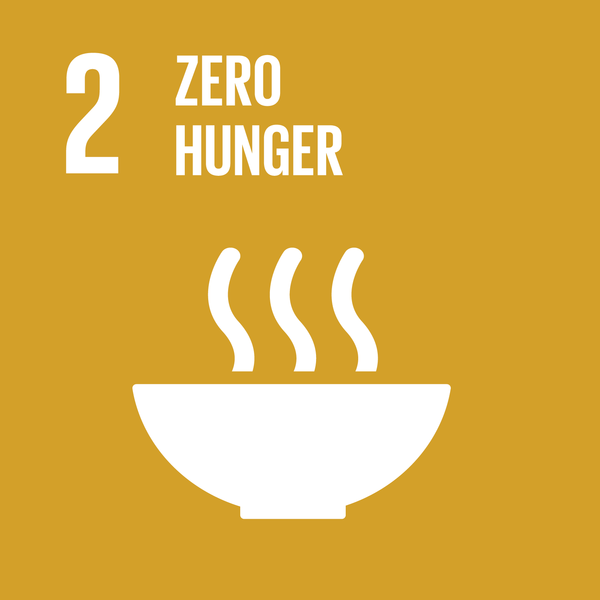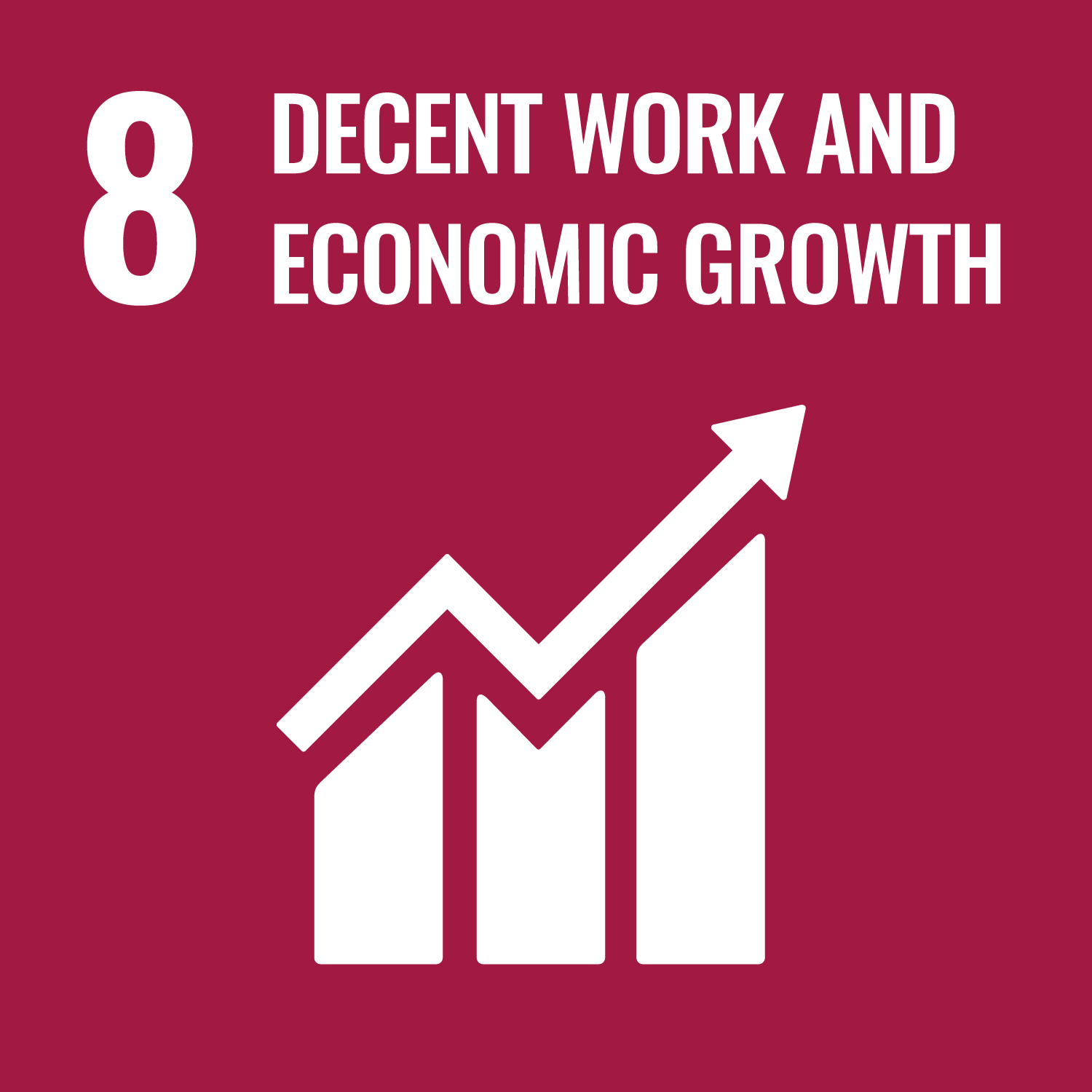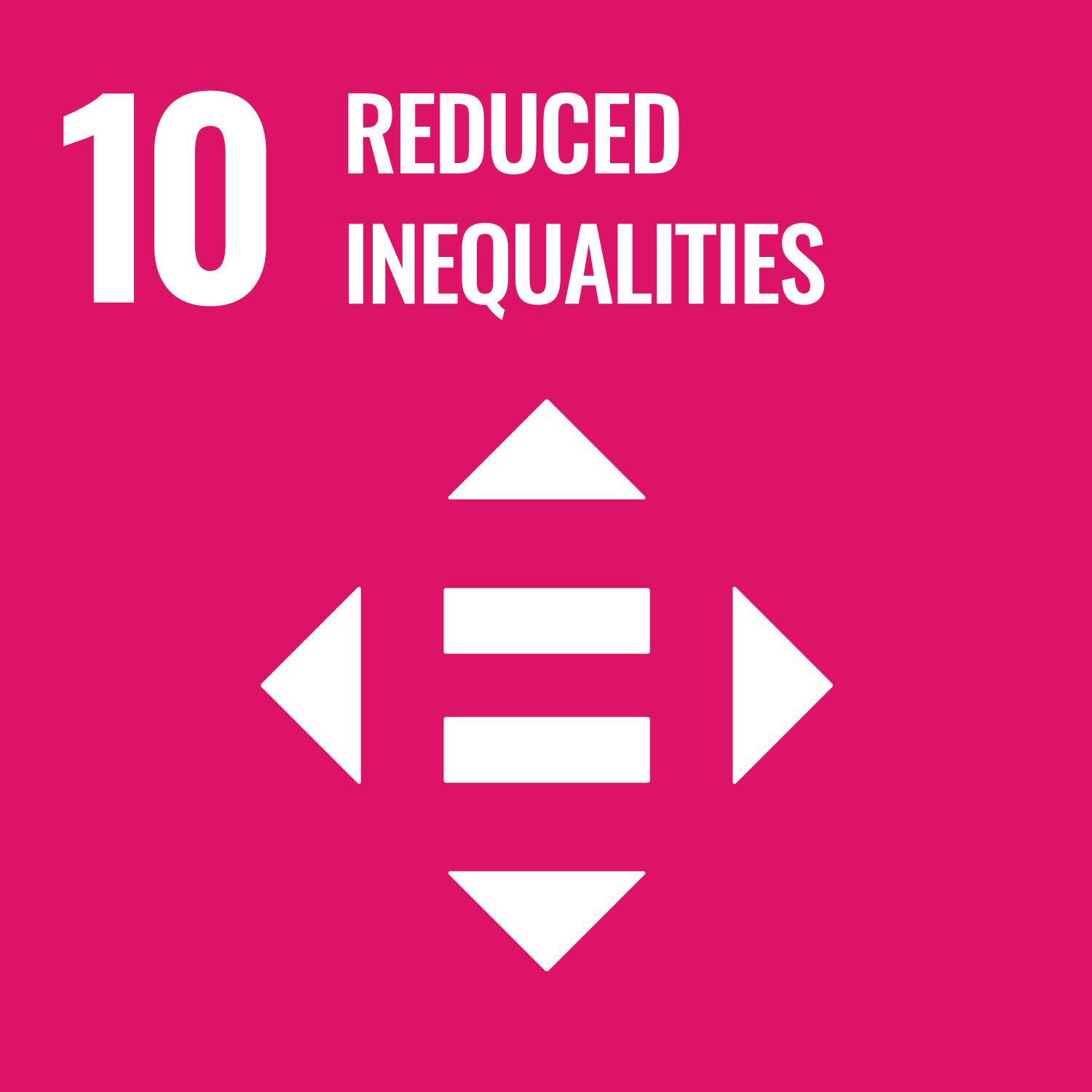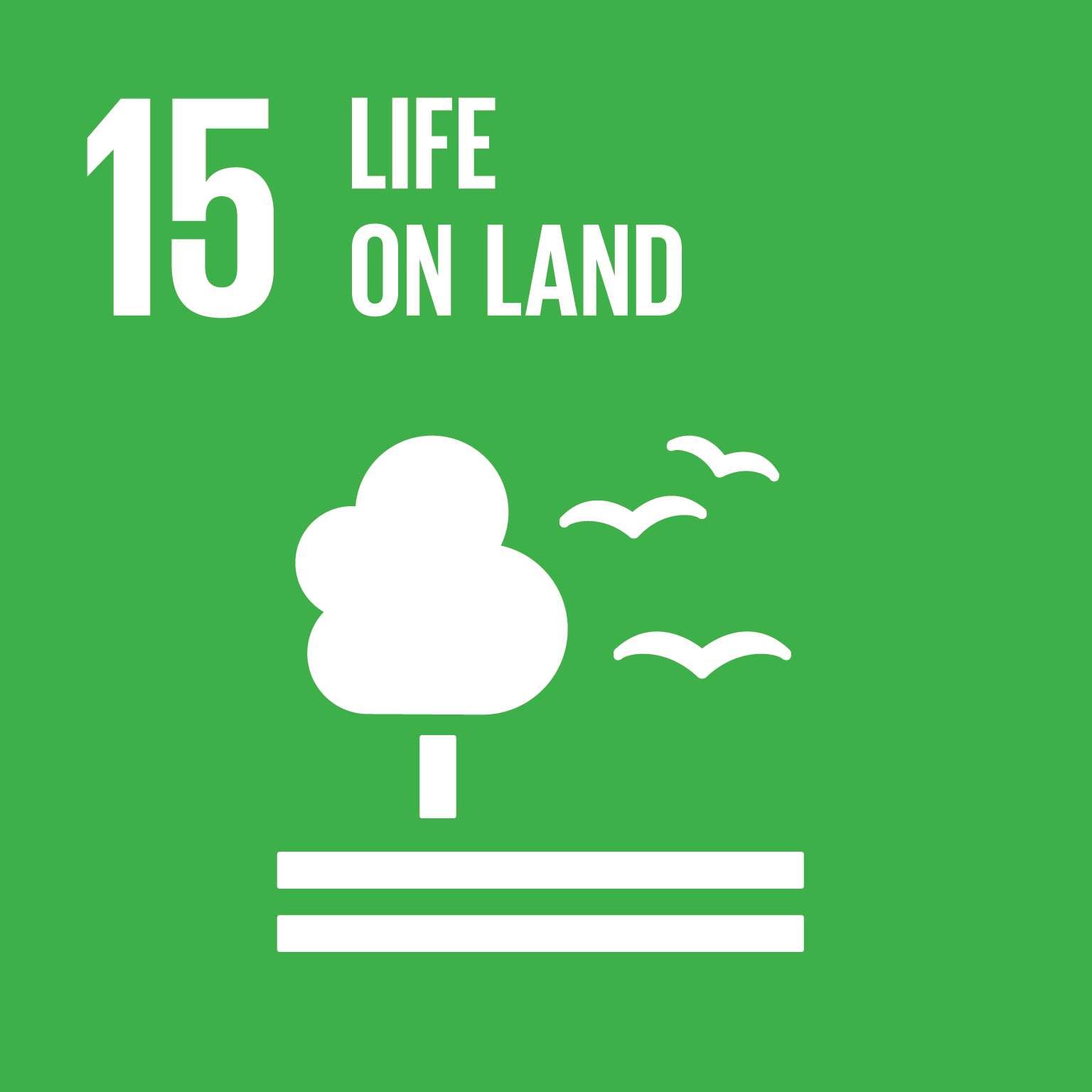Carbon Credit in Agriculture: Agricultural Land Management Projects
A deep-dive into Agricultural Land Management (ALM) projects that generate carbon credits
What are Agricultural Land Management (ALM) projects?
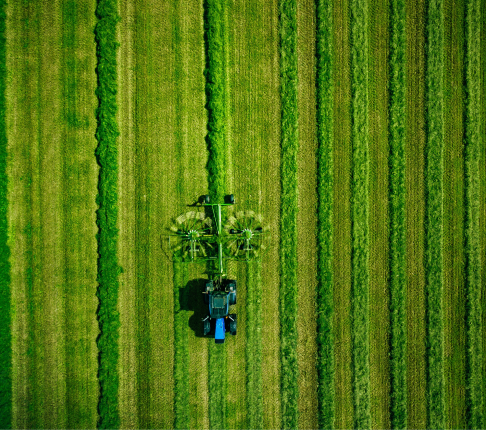

What is sustainable agriculture?
Agricultural Land Management project types
Livestock management
Better livestock management offers great opportunities to increase carbon sequestration. With good grazing management, and a corresponding improvement in pasture yield, livestock producers have the potential to draw CO2 out of the atmosphere and into their soils.
When livestock grazing is correctly rotated in the field, pastures are not overgrazed, giving room for grass and crops to recover and restock their soil carbon without needing to add fertilizer. The grass and crops are then encouraged to grow more roots and therefore sequester more CO2.
.jpg?width=450&height=449&name=livestock-min%20(2).jpg)
Regenerative agriculture
With soils losing more and more of their CO2 storing potential due to intensive monoculture farming practices, regenerative agriculture projects offer a chance to reverse this. Regenerative agriculture projects focus on building healthy soil by moving away from synthetic fertilizers, chemicals and tilling practices, while encouraging cover crops and crop rotations to diversify revenue for the farmers.
These projects enhance the fertility of the soil, its health, its water holding capacity to mitigate flooding, and its biodiversity percentage. They provide both ecological and economic benefits to the farmers and local communities.
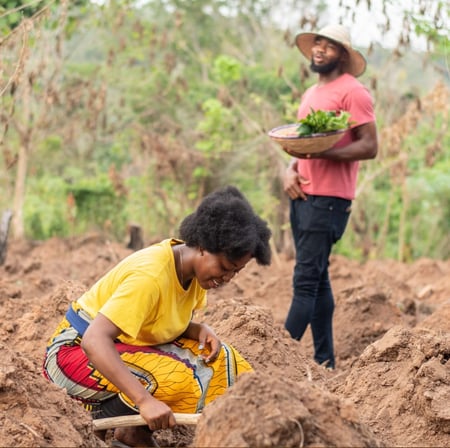
Grasslands
Increasing the biodiversity in soils, particularly in grasslands can greatly increase their ability to store and capture carbon, which is why these projects can tie in elements from regenerative agriculture and livestock management. Compared to forestry projects, grassland projects can normally avoid problems with fire. When grasslands burn, their root systems are left largely unscathed and regrow quickly, making recovery time weeks to months rather than years. However, the biggest threat to grasslands is tilling agriculture.
Preservation of these lands is what most projects focus on by awarding landowners who keep the land as it is and do not convert it to monocrop fields.

Where can you find Climate Contribution projects?
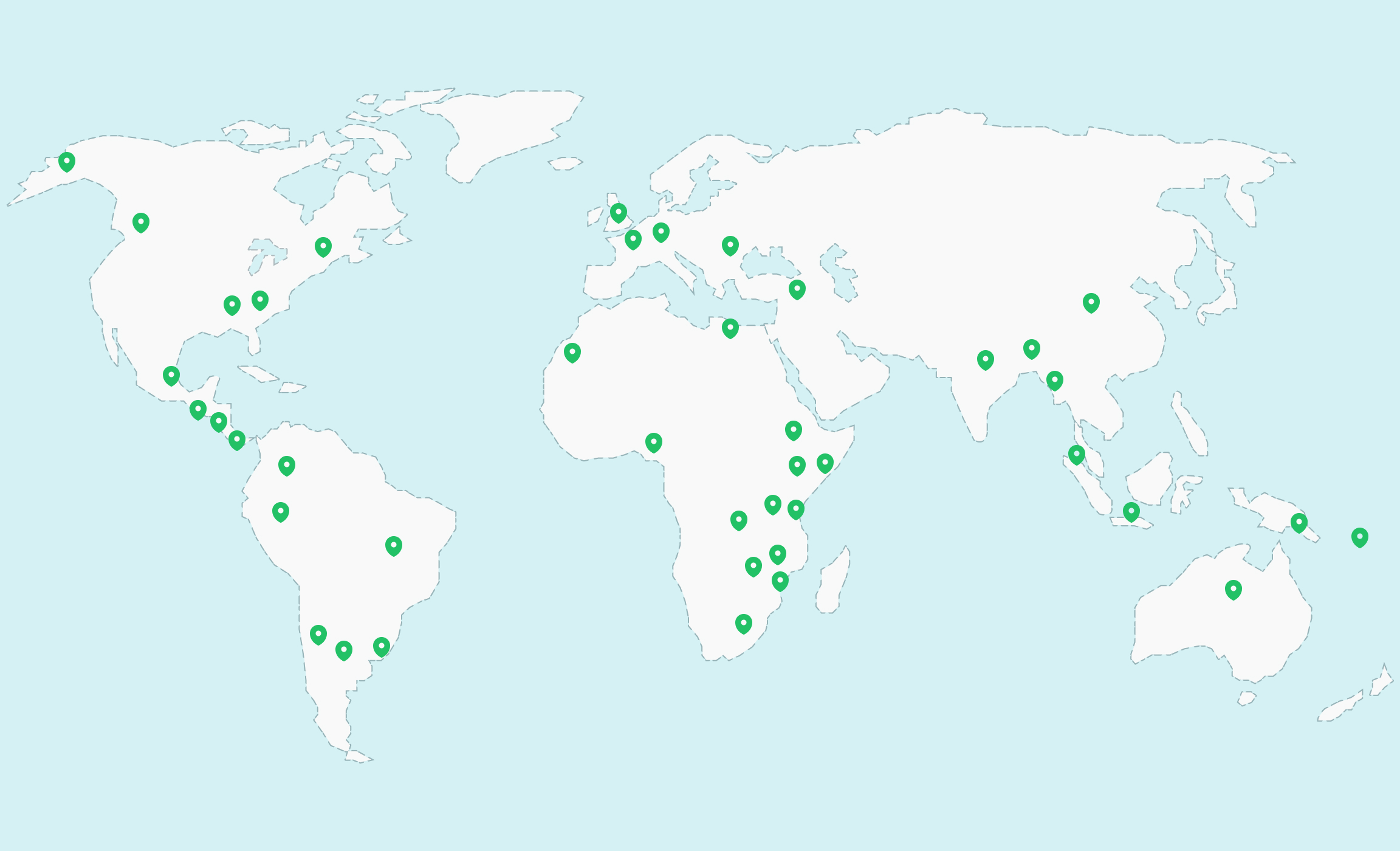
Our other projects

Blue Carbon
Avoidance

Household and Community Devices
Avoidance
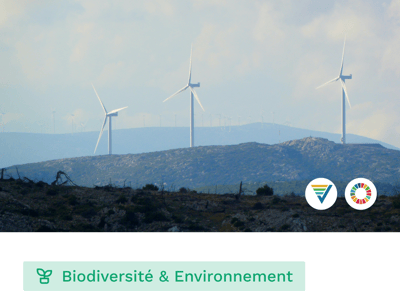
Renewable Energy
Avoidance

Waste Management
Avoidance & Removal

Transportation
Removal

Tech-based and Hybrid
Removal

Forestry and Land Use
Removal & Avoidance

